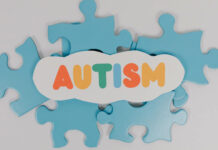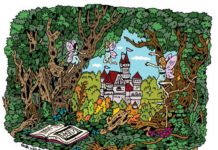Talking about Mental Health is still a taboo in our country. Some people are completely ignorant about the issue and believe the patient is either just mad or possessed. People suffering from mental illness face oppression from Society. Due to that reason, people don’t even consider going to a doctor. Even family members become ignorant of the pain their loved ones suffer from.
The lack of knowledge and awareness among people makes it harder for the diagnosis of mental illness or psychological disorder but our Uncommon Artist/Illustrator/Graphic Designer is taking a stand against all the people who shy away from taking mental illness seriously.
Megha Sharma a self-taught Artist works at a design studio and along with that she handles her own venture where she works as a freelance designer/illustrator for brands. She came up with a theme of mental illness to create awareness. She was intrigued by the way our generation perceived mental illness.

She says:
‘I have friends who don’t think that mental health is that big an issue, you know, “It’s all in your head” kinda people. And I also have friends who take all this way too seriously. And I did not want to be on either of the sides. I wanted to be aware of an illness. I wanted to know as much as I could about the illness before proclaiming that I have it.’
She describes a serious mental health issue with a creative depiction. The images are light-hearted yet concerns with what people go through in a specific issue. Here is her artistic take on creating awareness.
A – is for Anxiety disorder.
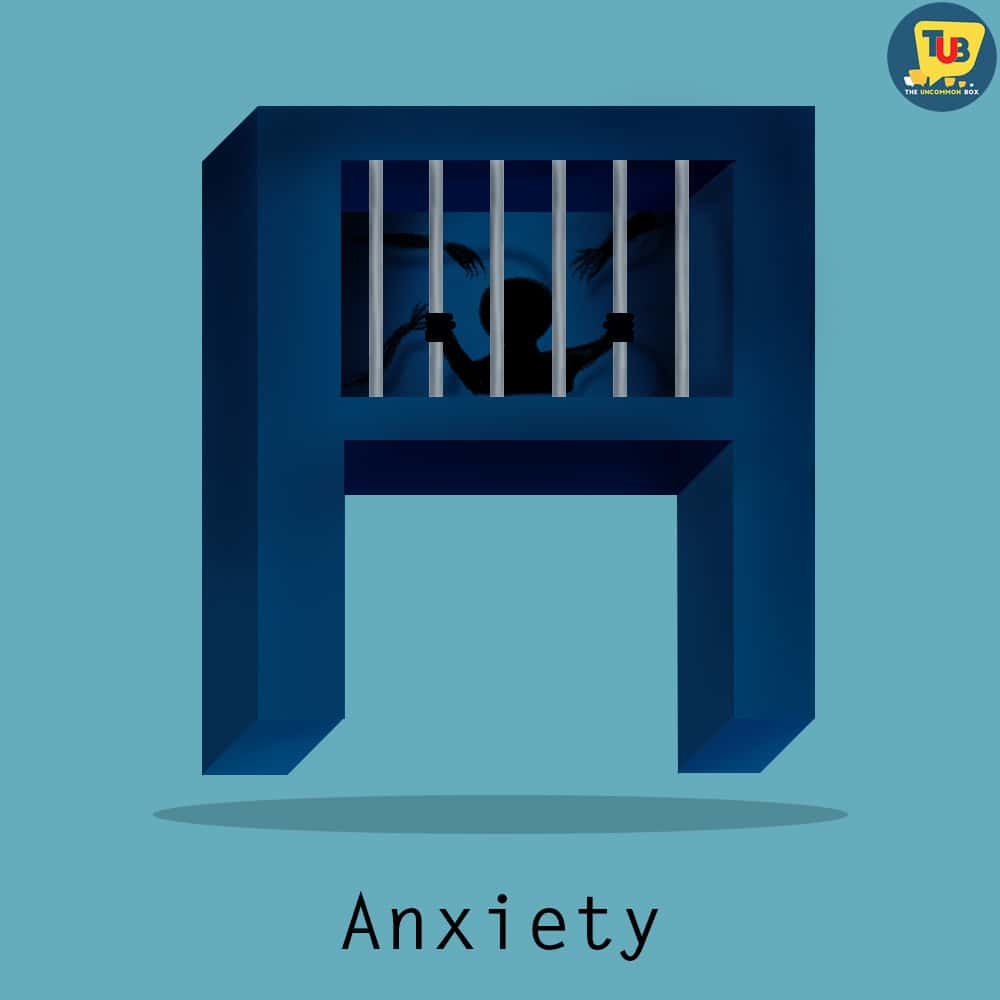
Illustration– A person is in a prison.
It’s a disorder that causes nervousness, fear, apprehension, and worrying. A person is a prisoner of their own thoughts. It affects how we feel and behave and can cause physical symptoms. Anxiety can make a person imagine that things in their life are worse than they really are, and prevent them from confronting their fears. Often they will think they are going mad, or that some psychological imbalance is at the heart of their woes.
Severe Anxiety is only an indicator of underlying disease when feelings become excessive, all-consuming, and interfere with daily living.
You may feel worried and anxious about an exam, or job interview. During times like these, feeling anxious can be perfectly normal. However, some people find it hard to control their worries. Their feelings of anxiety are more constant and can often affect their daily lives.
B- is for Bipolar Disorder.

Illustration-Depicts the two colors for the contrasting emotions.
It is a brain disorder. The patient experiences periods of unusually intense emotion, changes in sleep patterns and activity levels, and unusual behaviors. These distinct periods are called “mood episodes.
For people with bipolarity, there are no gray areas. They either are very happy, cheerful, productive, and attentive towards everyday things or are completely depressed, irritable, lack the motivation to do anything, and feel anger building up inside.
A person could be doing fine and enjoying their meal with their family, but something as simple as spilling water can set the person off. There can’t be any specific reason anyone can give to set someone off. It varies from day to day, person to person.
C- is for Claustrophobia.
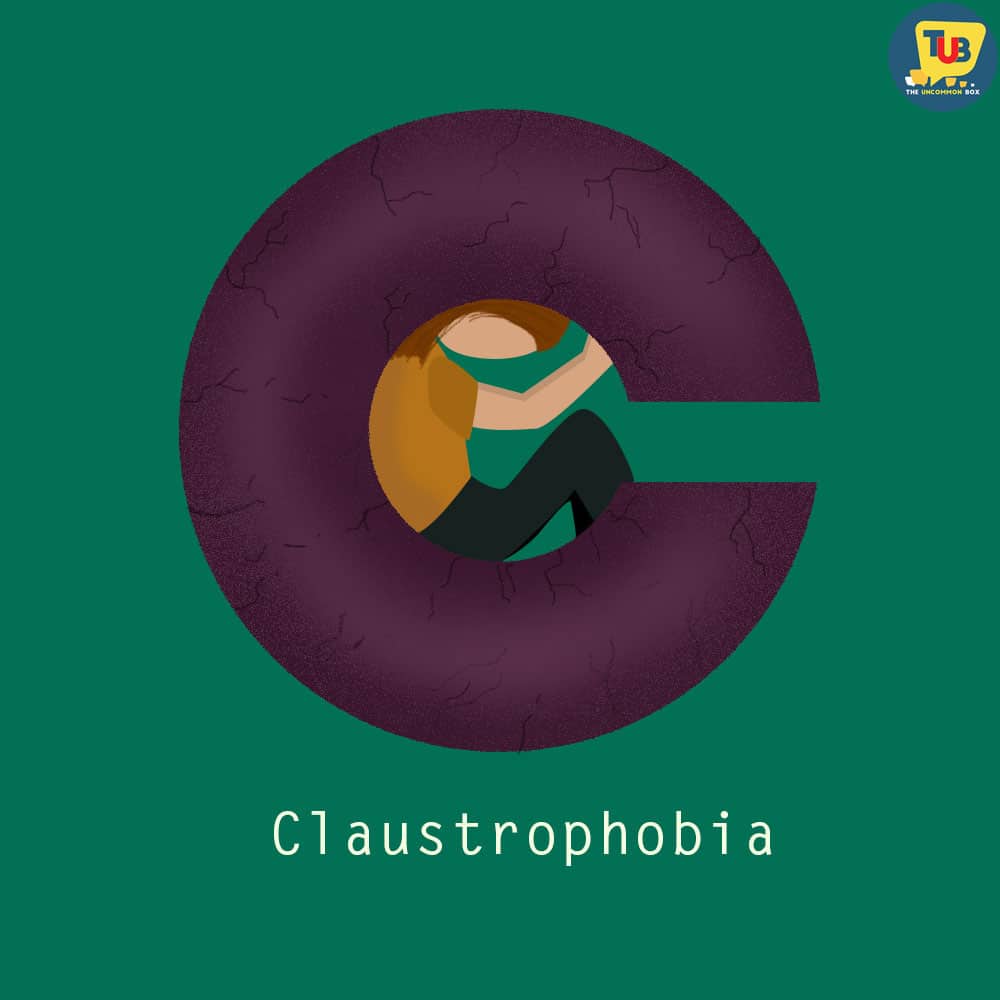
Illustration- So I showed a figure who is trapped in the letter
It is a fear of closed space. An irrational fear of having no escape or being closed-in can lead to a panic attack. In such a situation your mind closes on you. You can’t think straight, anxiety hits you and you start hyperventilating.
This doesn’t just have to be physically getting stuck in a room or in an elevator. It can be related to you getting stuck in an unwanted relationship or maybe doing the things against you will maybe like a degree in a subject you’re not interested in.
D- is for Delusional Disorder.
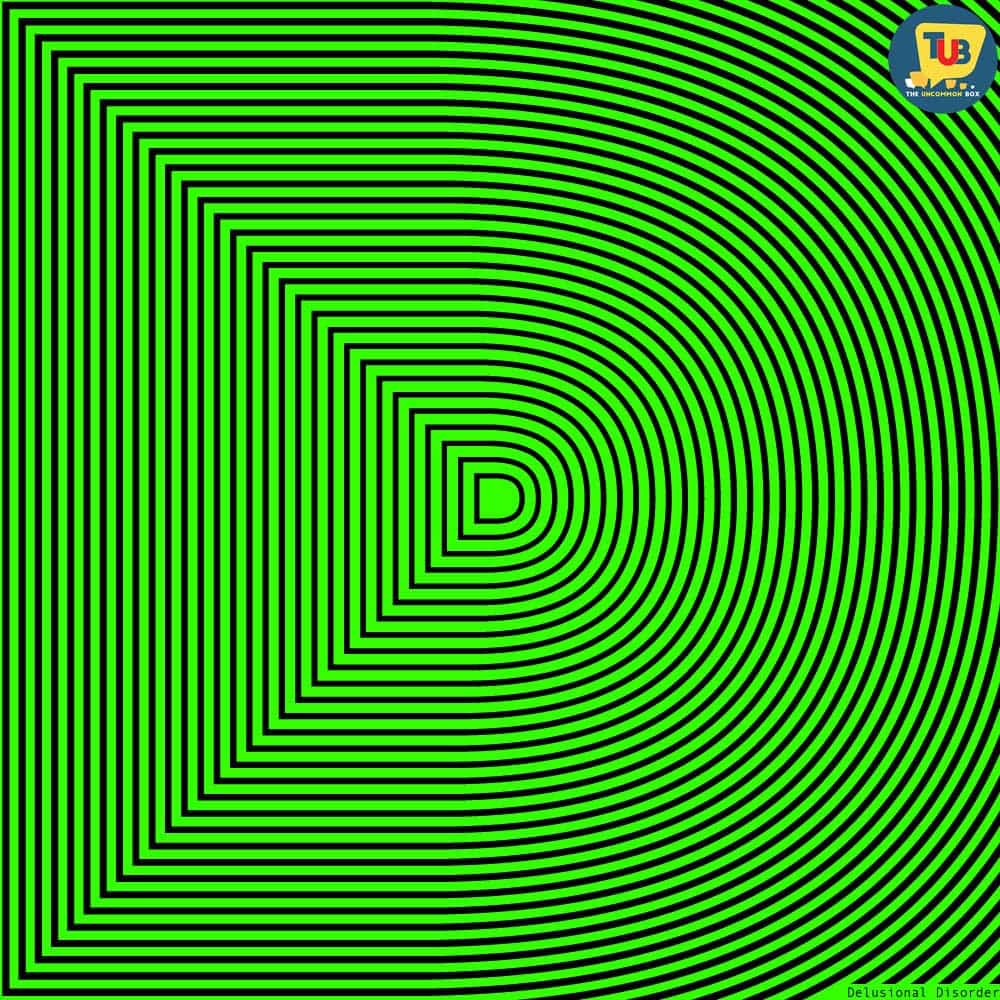
Illustration- The viewer is in a delusion.
It causes delusions, unshakable beliefs in something untrue or not based on reality which involves situations that could occur in real life, such as being followed, poisoned, deceived, conspired against, or loved from a distance. A person cannot tell what is real from what is imagined.
You mix up reality with imagination, that you believe to be true. It makes you more distant from other people when they don’t see or feel and what you are going through. The question against your reality makes you vulnerable.
The plot of Bollywood movie Lage Raho Munna Bhai portrays a character that deals with this disorder
E- is for the Eating disorder.
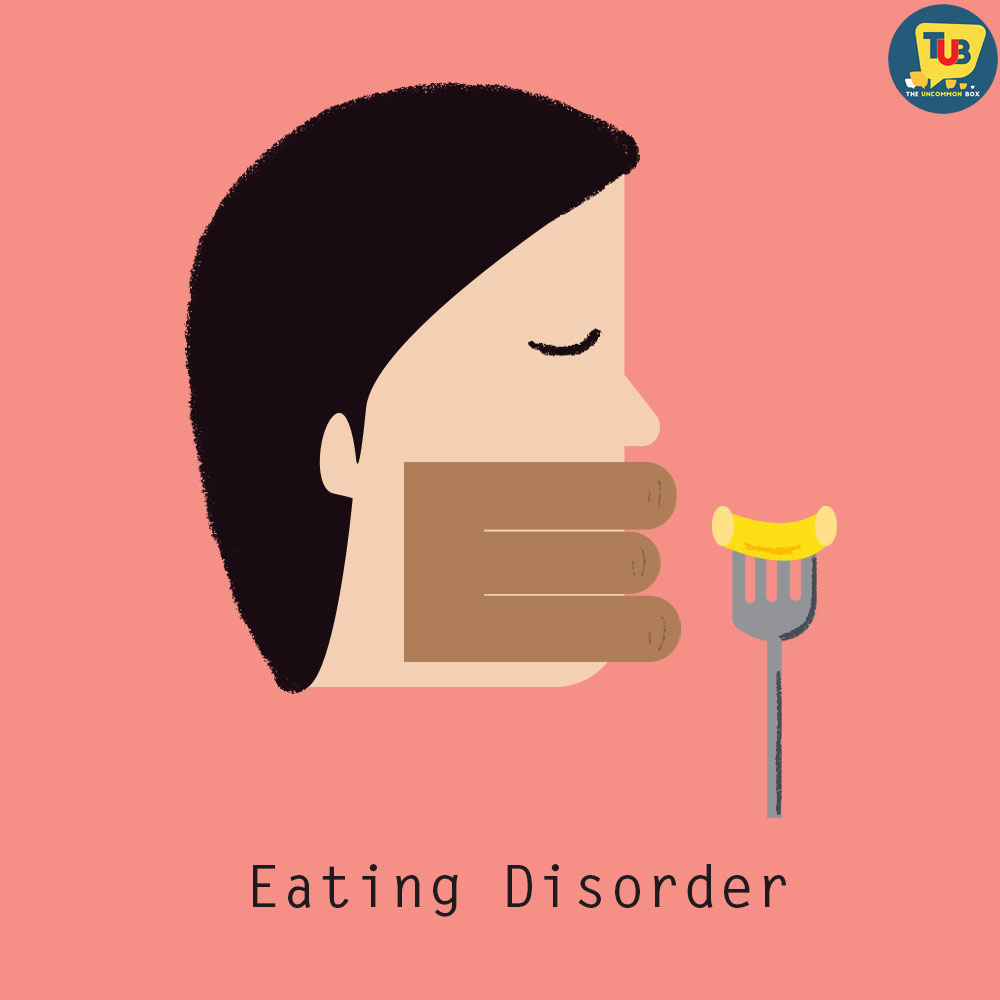
Illustration- A virtual hand that is stopping the victim from eating
Eating Disorders are characterized by irregular eating habits and severe distress or concern about body weight or shape. A person either eats a lot or doesn’t eat at all.
People suffering from body image issues can be the main target of the disorder. You can get persistent in achieving the ideal body type and you end up not eating at all. Or you can tend to binge eat food to cope up with anxiety, stress, sadness, and depression. Eating food becomes your way to escape thinking about the unwanted situation.
People rely on different media outlets to know what’s trending and what’s not. The Ideal body type that is presented to us, makes us obsess over achieving those specific body type by cutting off meals or eating very less quantity of food. This eventually takes a toll on our bodies and mind. Eventually, our body starts rejecting food, the victim may spit it out or vomit it. Medical attention is necessary in such cases.
F-is for Fugue State.

Illustration-part of the letter was hidden or merged in the background.
It is a state where a person temporarily loses his/her sense of identity and impulsively wander or travel away from their homes or places of work. They often become confused about who they are and might even create new identities. Outwardly, people with this disorder show no signs of illness, such as a strange appearance or odd behavior. The state can last days, months, or longer.
Fugues are precipitated by a series of long-term traumatic episodes. It is most commonly associated with childhood victims of sexual abuse who learn over time to dissociate the memory of the abuse
People who experience a dissociative fugue may suddenly find themselves in a place, such as a beach or at work, with no memory of how they got there. Similarly, they may find themselves somewhere in their home, such as a closet or in the corner of a room, with no memory of going there.
G- is for Ganser Syndrome.
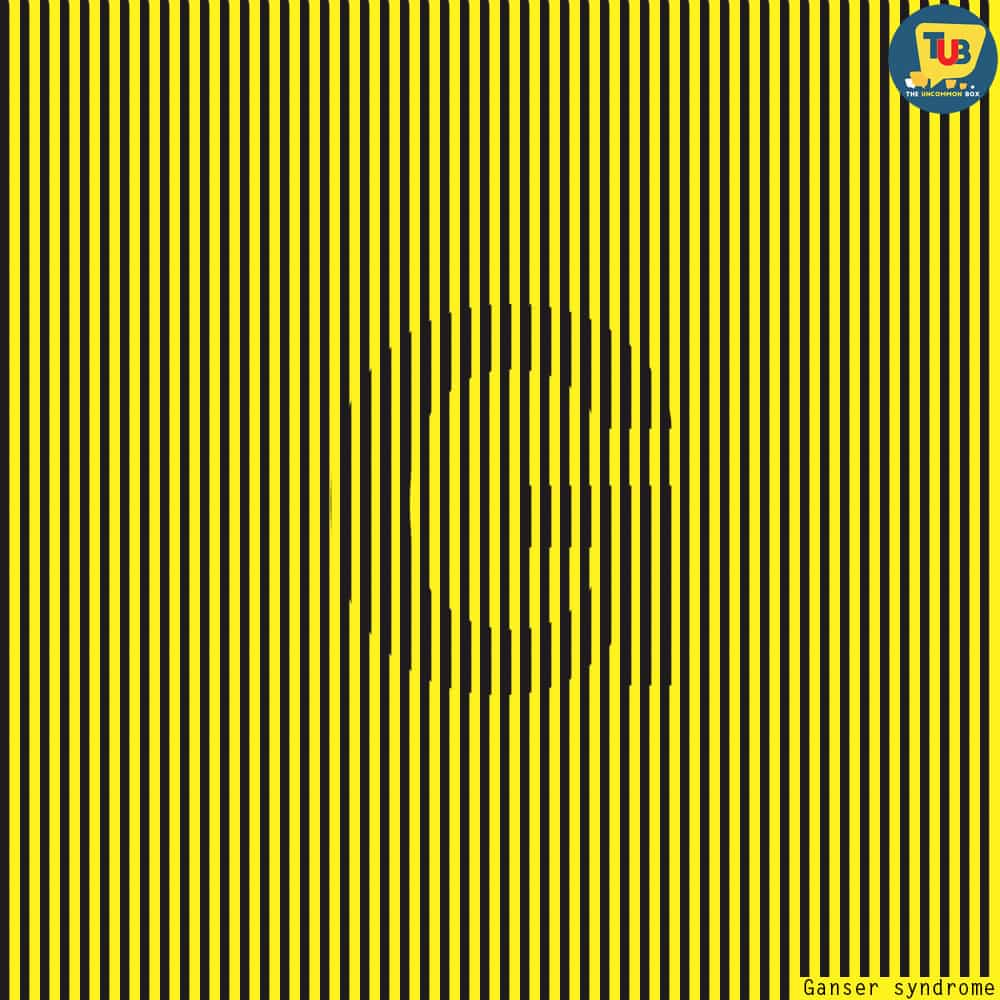
Illustration- Optical illusion to show that the letter is there but it’s not there.
Ganser syndrome is a mental illness in which a person deliberately and consciously acts as if he or she has a physical or mental illness when he or she is not really sick. This Syndrome was so much common amongst prisoner that it is also known as ‘Prisoner Psychosis’
This can be seen among people trying to have an opportunity for personal gain, trying to escape from responsibility or punishment.
Such people tend to behave like they don’t know some common facts or knowledge like the number of months in a year, they might behave in an irregular manner to convince they’re sick. Unless this person comes forward to accept this it is really difficult to determine if they have a true disorder or not.
In the Hollywood movie Primal fear, the criminal fakes his mental illness so he’s not held accountable for his crime and can be proven not guilty on the ground of mental illness.
H- is for Hypersomnia.
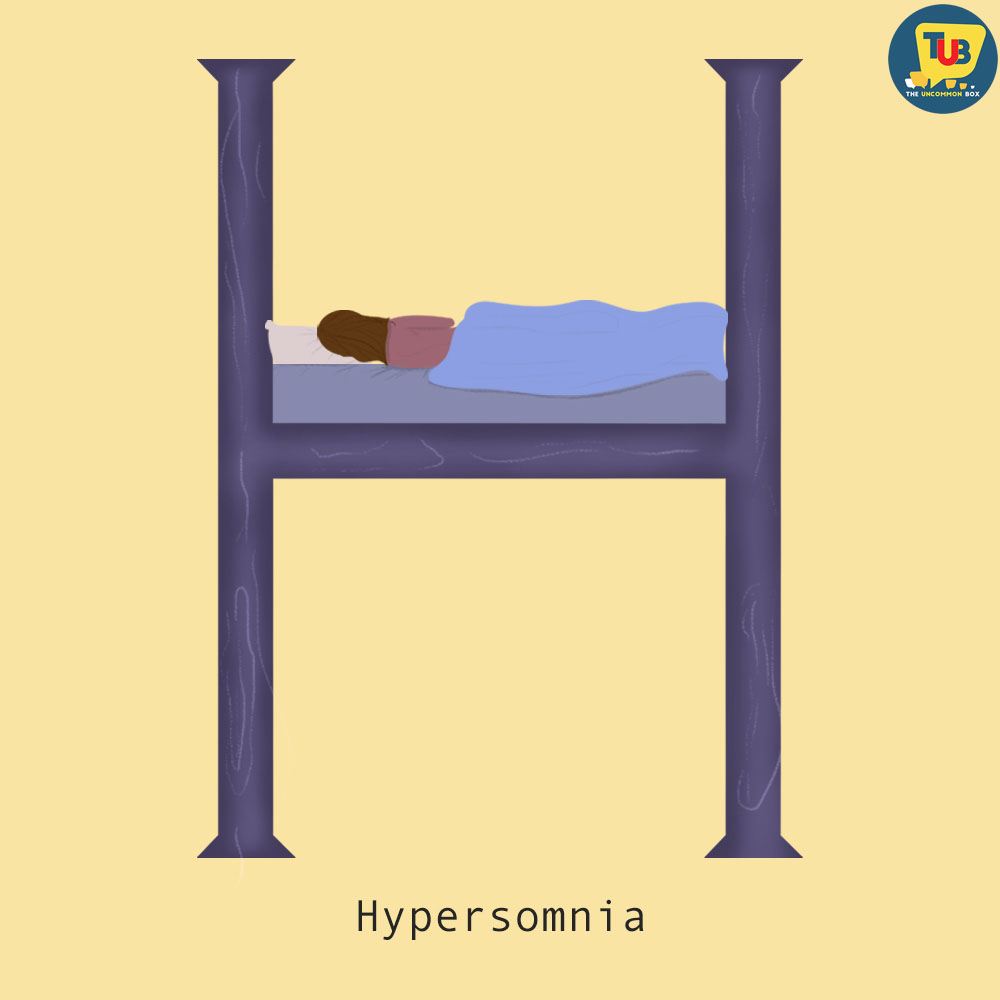
Illustration- A person fall asleep anywhere and everywhere
Hypersomnia refers to either excessive daytime sleepiness or excessive time spent sleeping, is a condition in which a person has trouble staying awake during the day. People can fall asleep at any time. – for instance, at work or while they are driving. They may also have other sleep-related problems, including a lack of energy and trouble thinking clearly.
People with a hypersomnia disorder typically sleep more than 9 hours in a 24-hour period, and the cause of their sleepiness can’t be attributed to disturbed nighttime sleep or a circadian rhythm problem. Nearly half of all adults will have symptoms of hypersomnia disorder at some point.
This can be life-threatening while people with this disorder are driving, in such situations they put themselves and people walking on the road in danger.
I – is for Insomnia.

Illustration- The little dot of the I as an eyeball that is sleep deprived.
Insomnia is the opposite of Hypersomnia. Individuals who suffer from insomnia find it difficult to fall asleep, stay asleep, or both even when a person has the chance to do so. They don’t feel refreshed when they wake up from sleeping and can feel dissatisfied with their sleep. Insomnia can be caused by psychiatric and medical conditions, unhealthy sleep habits, specific substances, and/or certain biological factors.
Not being able to sleep for much longer duration can take a toll on an individual’s sanity, it can further cause hallucinations, Anxiety, and can be just really stressful. Insomnia can be harmful to both personal and professional life.
If you’re an insomniac sleeping can get complicated. What works for someone may not work for you. You need to experiment and observe how your body and sleep react to food, drink, medication, etc. Observe the time you sleep the best and worst. Discuss it with a doctor. Figure out different ways that can help you sleep.
J- is for Jealousy.

Illustration- Green eyed monster that is eating the letter. Used green as it is the color of jealousy.
Jealousy is an emotion. The term generally refers to the thoughts or feelings of insecurity, fear, concern, and envy over relative lack of possessions, status, or something of great personal value, particularly in reference to a comparator.
The happiness you get from things you achieved is consumed by starting comparing your success to someone else’s.
‘The flowers of tomorrow can only bloom if you plant the seeds today. Regretting not planting them in the past will make nothing grow.’
If you’re jealous of someone, you can’t just pick up one or two things about them. Because it’s their entire history that has got them the one thing you are envious about.
K – is for Kleptomania.

Illustration- A Person stealing a part of the letter.
Kleptomania is the habit of stealing things when you don’t even want to. It is a type of impulse control disorder. Victim has difficulty resisting the temptation or drives to perform an act that’s excessive or harmful to you or someone else and is usually done for reasons other than personal use or financial gain.
People under a stress, suffering from trauma, or stuck in a repetitive life pattern can develop such disorder and be seen as a way to escape from the ideal world. This can be liberating to the person with the disorder and keeps them doing it again and again without thinking about the further consequences.
People can shoplift as a dare for the first time and get scared and think of the consequences if get caught, if they don’t get caught then it just adds to their thrill and adventure. They try to see how long they can take this without facing any problem.
L – is for Lacunar Amnesia.
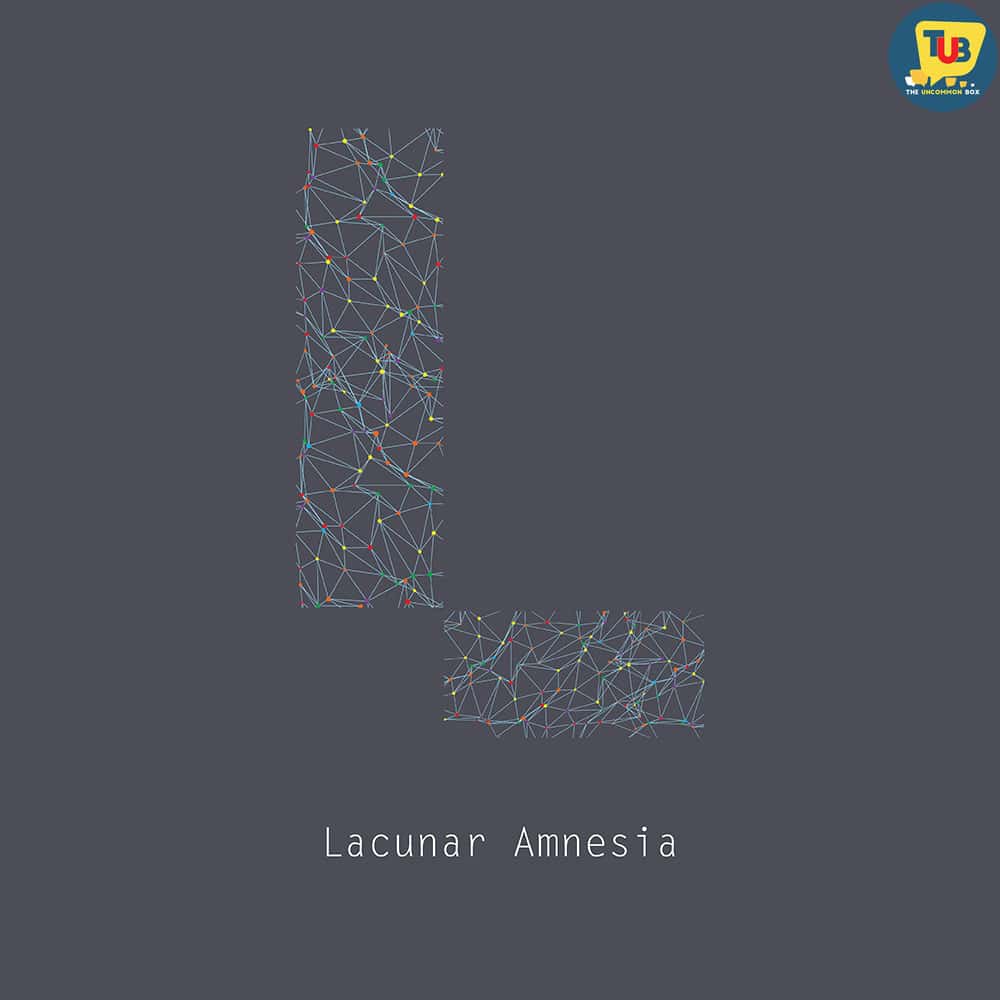
Illustration- Missing part of letter L to symbolize the loss of partial memory.
Lacunar Amnesia is losing a part of your memory. Lacunar amnesia is where the loss of memory is associated with a specific isolated experience acting as a defense mechanism for a traumatic event that has occurred, the brain tries to suppress the memory of the pain from the event. The victim may be unable to recall events occurring before or after the incident or the order of events may be confused
If a person suffers a car accident, they may remember what happened during that day leading up to the accident and waking up in the hospital after the accident, but they will have no memory whatsoever of the accident itself or why they are in the hospital.
This type of amnesia is used as a plot element in the movie Eternal Sunshine of the Spotless Mind, in which a company offers the removal of all memories of a specific person from someone’s memory.
M-is for Misophonia.
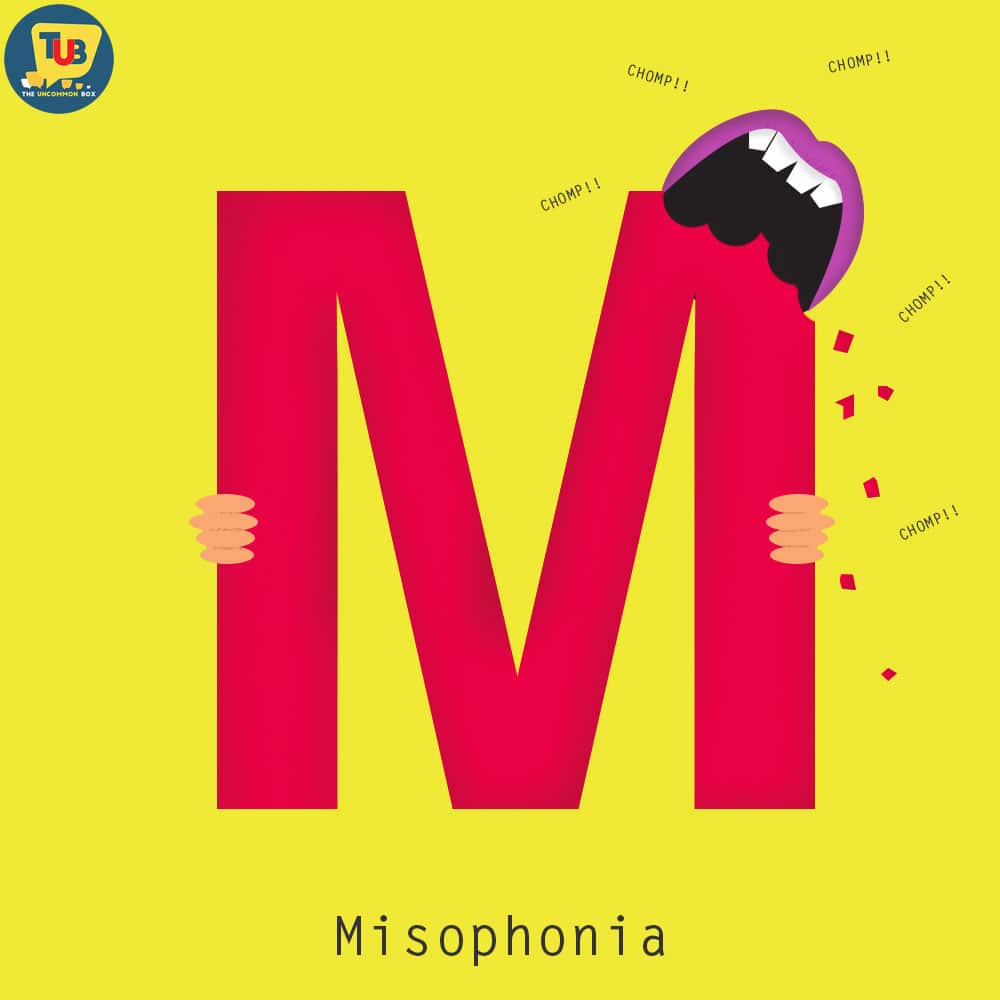
Illustration- A mouth chewing loudly on the letter.
Misophonia is the irritation or anger caused by a trigger. People with misophonia generally have strong negative feelings, thoughts, and physical reactions to a specific sound. It’s often an oral sound noise like chewing or sighing. Sometimes a small repetitive motion is the cause – someone fidgets, jostles you, or wiggles their foot. These sounds are apparently usually soft but can be loud.
Reactions to the triggers can include aggression toward the origin of the sound, leaving, remaining in its presence but suffering, trying to block it or trying to mimic the sound. The disease can put a cramp in your social life. You might avoid restaurants or eat separately from your family or friends. Or worse, you could act on what you feel. You might attack the person who’s making the sound — physical or verbally — cry, or run away from the situation.
Few ways you can avoid listening to the noises that trigger you can be carrying a pair of earplugs with you everywhere, listen to music, scan the room if you’re going to a public place and avoid people who chew louder, talk to your friends and relatives about your problem so you don’t have to avoid meeting them.
N- is for Necrophilia.

Illustration- The coffin in the letter.
Necrophilia is the habit of making sexual relations with a corpse. The most common motive of the true necrophiles was to possess an unresisting and unrejecting partner”, “attempt to gain comfort,” and “attempt to gain self-esteem by the expression of power over a homicide victim,” needing a partner, even if temporary, that physically cannot abandon the necrophile.
Necrophiliacs can develop a severe criminal mentality when it comes to fulfilling their need to attain a corpse. They can steal it from morgue rooms or can murder people in order to gain access to it.
Ted Bundy, Convicted serial killer, and necrophiliac. He exploited his attractive physical features to gain the trust of women, secluded them, and then kill the women. Sometimes he will revisit the crime scenes and spend hours grooming the corpses of women and perform a sexual acts.
O- is for OCD.
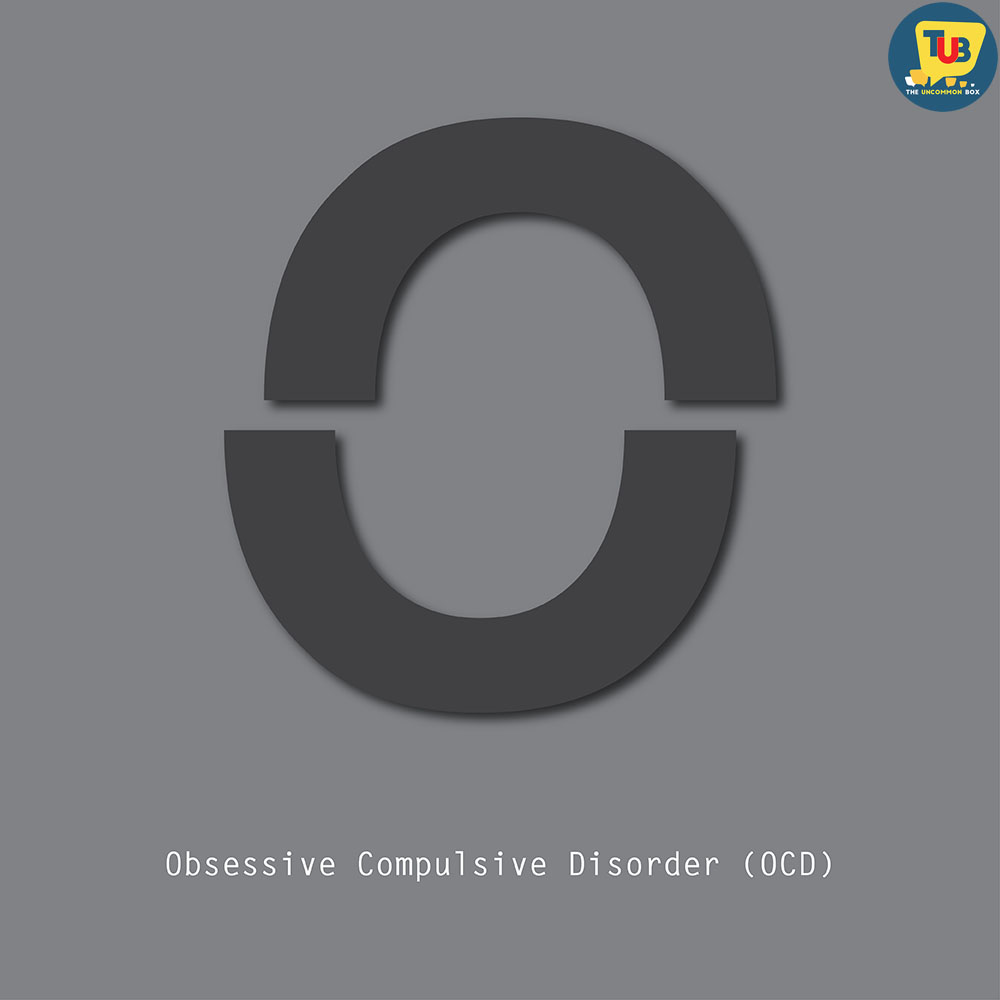
Illustration- O is not aligned.
Obsessive-compulsive disorder (OCD) is a mental disorder where people feel the need to check things repeatedly, perform certain routines repeatedly, or have certain thoughts repeatedly. People are unable to control either the thoughts or the activities for more than a short period of time. Common activities include hand washing, counting of things, and checking to see if a door is locked. OCD often centers on themes such as a fear of germs or the need to arrange objects in a specific manner. Symptoms usually begin gradually and vary throughout life.
Obsessive-compulsive disorder is characterized by unreasonable thoughts and fears (obsessions) that lead to compulsive behaviors.
OCD makes everything matter too much. If you have any unfinished task then you can’t put it aside and have leisure time. People with this disorder mostly hide their repetitive, irrational, and obsessive thoughts so they don’t discomfort others and it takes a lot of effort from their side to try to control their thoughts.
P- is for Pathological lying.
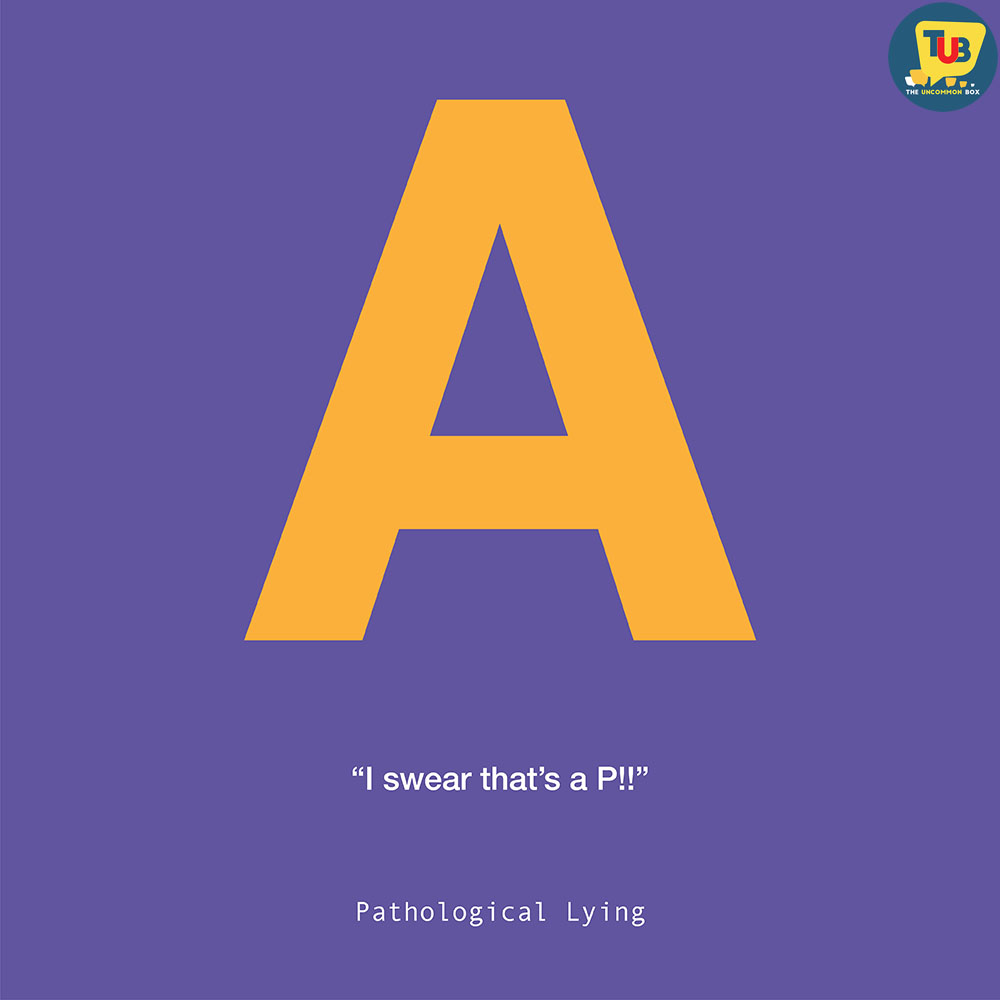
Illustration- Caption saying it is a P.
A pathological liar is someone who compulsively tells lies or fabricates information out of habit. They may believe in whatever lies they’re saying to others or maybe lies as a result of self-esteem issues or just to get attention from people in a positive way. The stories told by them portray them as a ‘victim’ or a ‘hero’. They may tell stories out of their character to either get the surprising element from other people or maybe to prove other people wrong when they assume something about the liars. The sympathy or praises they get out of their lies makes them feel approved.
Due to a lack of trust, most pathological liars’ relationships and friendships fail.
If you’re close to a person with this disorder, one way you can help them is by making them go against their instincts. Make them face difficult situations instead of getting out of it. Call them out when they’re lying and ask for details. If they know they can’t get away with lying slowly they might stop lying along with regular therapy a person with this disorder can be helped.
Q – is for Quiet.
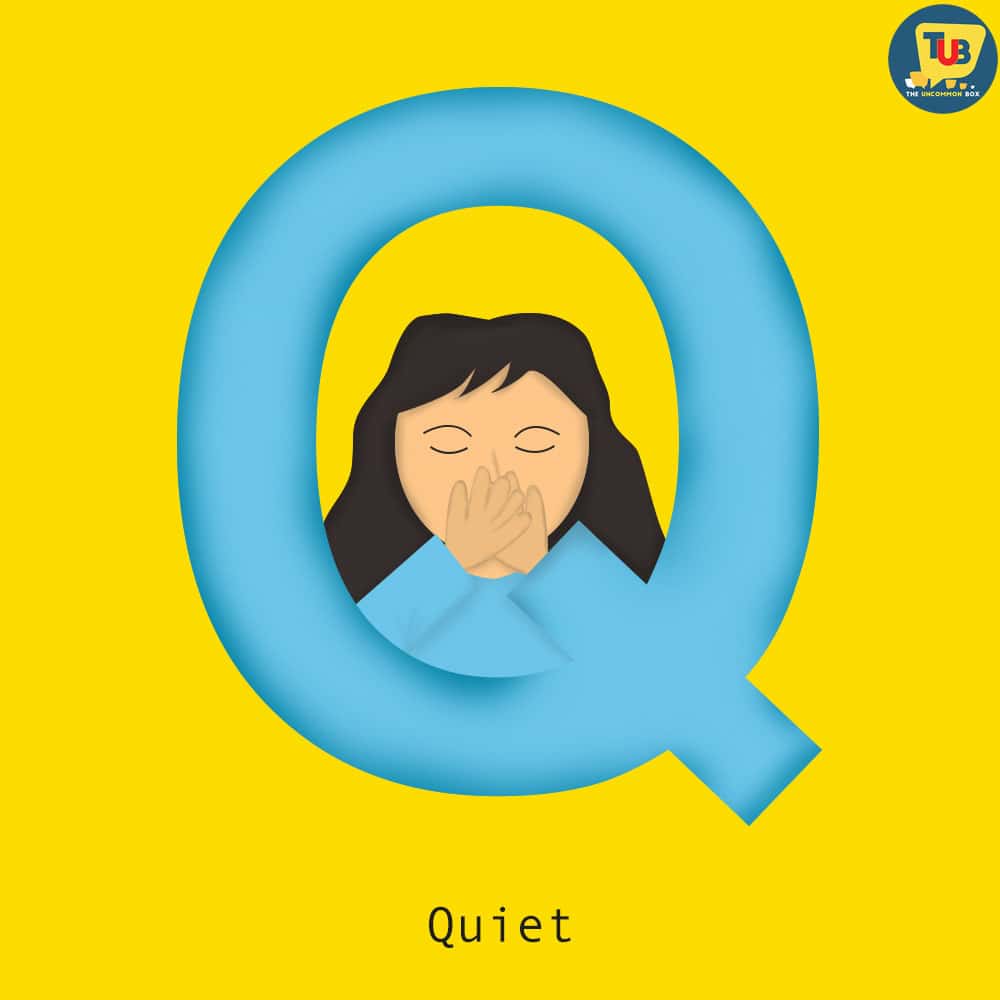
Illustration- Hand on Mouth.
Quiet is one of the symptoms of mental illness. Where a person turns unusually quiet and becomes distant from friends and family. It is one of the most visible symptoms a person can show of their illness unless a person is generally a quiet person. It is often ignored by people because introverts are generally quiet, or teenagers are going through changes in their body and they like being quiet and distant.
Stress from school or work can make people quiet which is relatively normal. But what we need to stress is the time period of this behavior. If a person becomes awfully quiet all the time then its a time reach out to such people and help them.
Helping them can get a little tricky because they made themselves distant and wouldn’t wanna talk. So, getting people close to them like close friends to talk to them can be an easy way. Therapy will help because they can speak to someone without biased and filtering their feelings.
R – is for REM Sleep disorder.

Illustration- Sleep Walking.
In such a disorder the paralysis that normally occurs during REM sleep is incomplete or absent, allowing the person to “act out” his or her dreams. Dream-enacting behaviors include talking, yelling, punching, kicking, sitting, jumping from bed, arm flailing, and grabbing. Unlike most people, their dream is just mental.
It can be confused with sleepwalking or sleep, terrors. In such cases, the sleeper does not rapidly become alert. In contrast to people with this disorder, it is easier to wake up the sleeper and they’re aware of their dream.
The bed partner is the first one to notice this behavior and it’s important to get it checked soon because they can seriously injure themselves and the person sleeping next to them. Some people end up fracturing their hands or legs in this condition.
S – is for Schizophrenia.

Illustration- Optical illusion to show that patient has hallucinations
Schizophrenia is a serious brain disorder that distorts the way a person thinks, acts, expresses emotions, perceives reality, and relates to others. The patient has hallucinations. The development of this disorder is so slow that the individual doesn’t even know they have had it for so long.
Schizophrenia doesn’t mean split personality or multiple-personality disorder. They believe in an alternative reality. A number of genetic or environmental factors contribute to the development of the disease.
In the National Award Winning movie 15 Park Avenue, lead actress Konkona Sen Sharma portrays a character suffering from this disorder.
T – is for Transient global amnesia.

Illustration- A gradient where the letter is not visible but it becomes visible later.
Transient global amnesia is a sudden, temporary episode of memory loss that can be attributed to a more common neurological disorder such as stroke or epilepsy. During an episode of transient global amnesia, your recollection of recent events vanishes and you keep repeating the same question about your surrounding.
Patients do remember the faces of their loved ones and have a memory associated with them. Although rare it is commonly seen among older people. It is seemingly harmless, short-lived but the sudden memory loss can be stressful to the patient
U – is for uneasiness.

Illustration- Uncomfortable letter U.
Uneasiness makes people anxious, troubled, or uncomfortable about a particular situation. Feeling uneasy is one of the symptoms of mental illness. The restlessness a person gets can be really unsettling and make them distracted, disturbed, and keep them from sleeping. Unless this feeling goes away, it’s going to make people anxious. All you can do is think about the things that is the cause of the feeling.
You can distract yourself by watching movies, going to the gym or for a walk or cleaning and arrange your house. This can be helpful and calm your nerves.
V- is for Vexed.

Illustration- Frowning letter V.
Vexed is feeling angry, annoyed, frustrated, or worried. It is also a symptom of mental illness. It is an intense negative emotion that involves a strong uncomfortable, hostile response to a perceived provocation. It is used as a protective mechanism to cover up fear, hurt, or sadness. It is seen as a supportive factor to show a person that something is wrong and requires changing.
It often negatively impacts the people around you. When you feel the emotion consuming over your logical reasoning, then it’s time to take action before it gets out of hand.
You’re more likely to get in a fight with friends, classmates, colleagues, or people in general. Road rage can be seen among these people and it might lead you in serious trouble from the police, pedestrians, and other drivers. If you feel the anger bubbling inside you then its better if you isolate yourself from the crowd for a while and channel your thoughts and emotions to be more positive or distract yourself from thinking about the situation that triggers you.
W – is for Weariness.

Illustration- Tired person walking.
Weariness is a feeling or showing extreme tiredness, especially as a result of excessive exertion. It can be a normal result of working, mental stress, depression, or disease. Sleepiness due to long working hours or physical activity is normal and as soon as you wake up the tiredness is gone. In case a proper sleep does not take the feeling of weariness away then it is a symptom of medical problems. It is different from normal tiredness as it is very uncomfortable.
A person with this condition is unable to perform regular day to day tasks.
Taking a break from things that stresses you out, pick up a hobby that relaxes you, and going away for a vacation can help rejuvenate your body and mind. Find things that can act as a stress-buster when you’re stressed for any reason. When you go to sleep use earplugs and eye masks to eliminate any external noise or light from waking you up.
X- is for Xenophobia.

Illustration- Letter X blocking an outsider.
Xenophobia is a fear or hatred of foreigners, people from different cultures, or strangers. Every individual is raised in a certain way, their upbringing defines a lot about their personality if not everything. The lack of exposure to different communities, cultures, and ethnicity can because of this fear, and that eventually develops into hatred towards people different from you. Every culture is associated with some form of stereotype and the lack of exposure fuels the stigma of hatred.
People face violence on the basis of religion, caste, color, sexual orientation, and gender all over the world.
Y – is for Young male Syndrome.
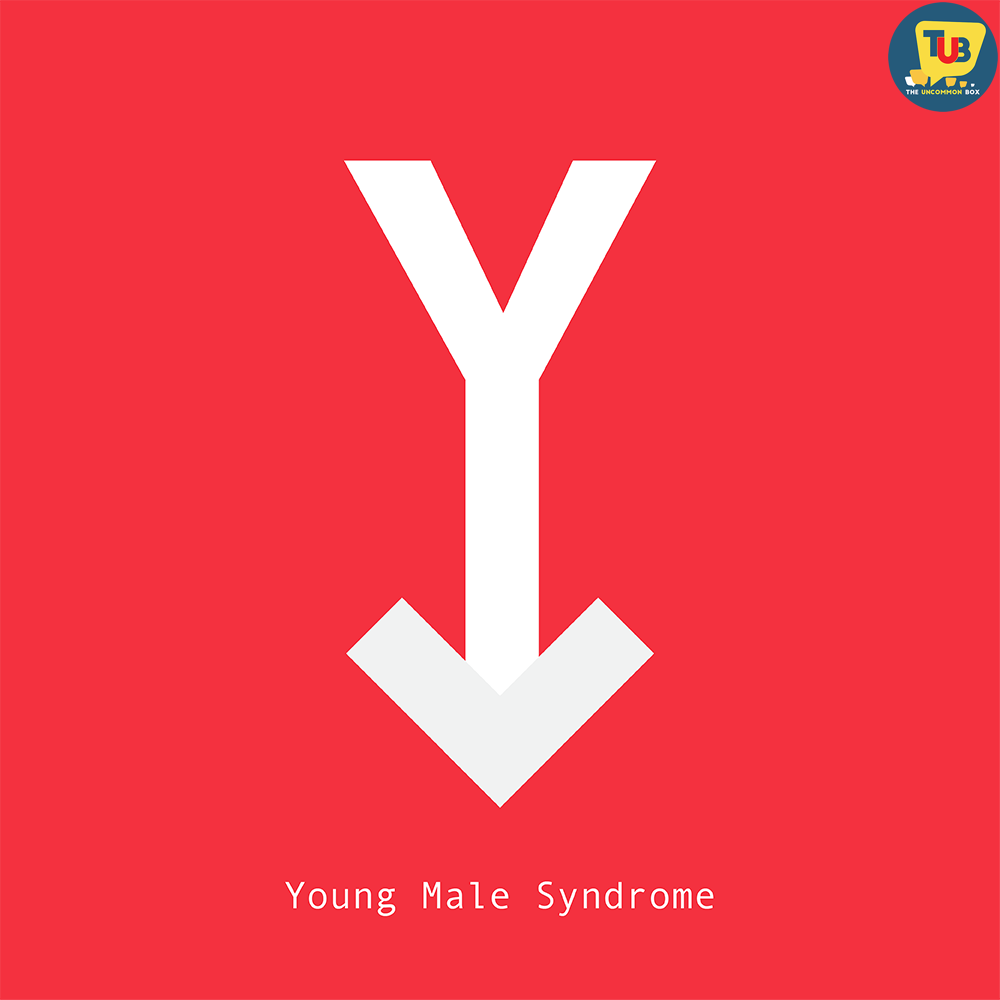
Illustration- Letter Y with an arrowhead to show the symbol for male.
It is an observation made by two psychologists that Young men tend to take far more significant risks than others, they’re aggressive and can be easily provoked by others to perform the dangerous tasks.They drive faster, indulge in extreme sports, get into aggressive fights, and otherwise seem to seek thrills in ways that endanger life and tend to be more violent when it comes to solving problems.
Being tough and superior to others, to fit in a crowd or to find a partner, drive male Young males to opt for such a dangerous and life-threatening task. They tend to hold grudges against others if they lose some type of competition or embarrassed or ridiculed by someone and then they act out to establish their superiority.
Z – is for Zen.

Illustration- Letter Z used to Symbolize Yin and Yang.
To end the series on an optimistic and happy note. Zen, A feeling that all of us wish to achieve, freedom from all the worries, a state where we don’t care about others. It’s a calm and peaceful moment for you to clear your mind, Make sure you’re one with your body. Approximately translated as “absorption” or “meditative state”.
Take time out of your everyday scheduled life to find a way to find your Zen state of mind. It can be as regular as sitting in a park and breathe or Going for a run or maybe dance, sing or clean. The point is to be aware of yourself and your surroundings. Finding your own way of achieving calmness in the chaos of life.
Megha sparked a conversation among people by her art and We, the audience have to keep the conversation going. It is more likely to have a generation of mentally healthy people if we read and talk about mental illness. Share the information with people you love and care about. Let’s take control of our health.

Follow this amazing artist, and be inspired by her journey !! Her social media links are
Instagram | Facebook | Behance
The TUB is delighted that she shared her work with us and we can share it with our community. We always look for creative artists to share their amazing work with us. If you wish to share your creative content with TUB then mail us at theuncommonbox@gmail.com
Content Writing by Nivedita Das
Curated by Vaibhav @Frameshade
You can follow “THE UNCOMMON BOX” at the following social channels













